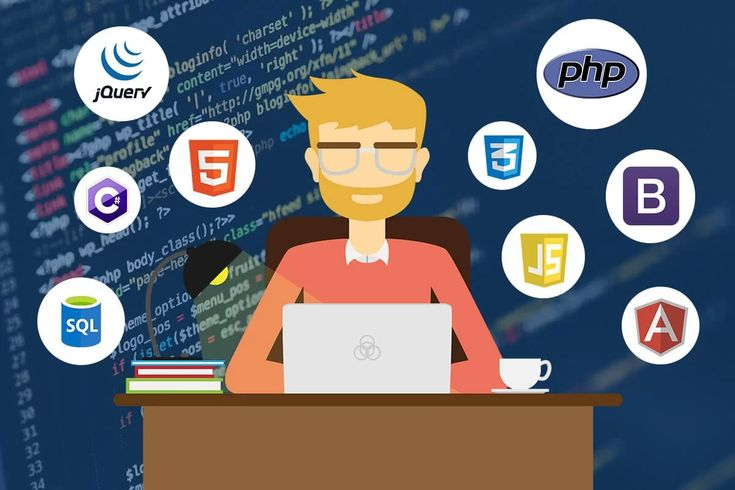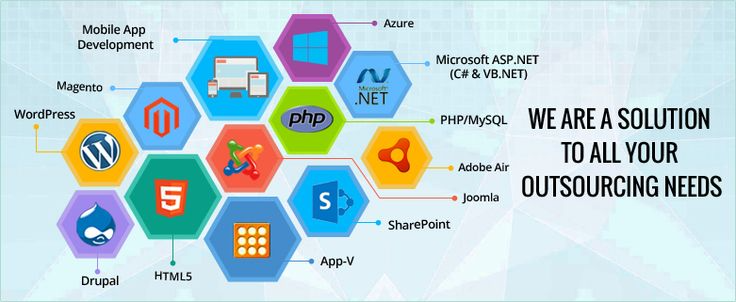
INTRODUCTION:
In the steadily advancing scene of web advancement, the expression “Full Stack Improvement” has acquired critical ubiquity. It suggests the demonstration of managing both the front-end and back-end parts of a web application, ensuring steady convenience from the UI (UI) to the server-side errands. A Full Stack Designer is an adaptable master furnished for managing all layers of a web application, offering a sweeping method for managing making programming plans.
What is Full Stack Development?
Full Stack Progress combines both the client-side (front-end) and server-side (back-end) parts of web improvement. To fully understand the role, it’s crucial to explore these two components:
- Front-End Development: The front-end is the piece of a web application that clients cooperate with straightforwardly. It incorporates all that the client encounters outwardly and intelligently, like format, plan, route, and usefulness. Front-end engineers use lingos like HTML, CSS, and JavaScript close by frameworks like Answer, Saucy, and Vue.js to make dynamic and responsive UIs.
- Back-End Development: The back-end insinuates the server-side of an application that clients don’t have even the remotest clue. It includes overseeing data sets, server rationale, confirmation, information handling, and Programming interface advancement. Back-end designers commonly work with server-side dialects like Python, Java, Ruby, and PHP, and use structures like Django, Jar, or Express.js. They likewise handle cooperations with information bases like MySQL, PostgreSQL, and MongoDB.
A Full Stack Designer is capable in both front-end and back-end advances, permitting them to construct completely practical web applications without any preparation. They are answerable for the whole advancement lifecycle, from making UIs to overseeing server-side engineering.
Key Skills Required for Full Stack Development
Turning into a fruitful Full Stack Engineer requires a wide scope of specialized abilities, as well as critical abilities to think. Here is an outline of the fundamental abilities:
Front-End Technologies:
- HTML/CSS: These fundamental dialects structure the design and style of a site page.
- JavaScript: JavaScript empowers intuitiveness on pages, making it a fundamental language for dynamic front-end improvement.
- Responsive Design: Perception of how to cause web applications that to change in accordance with different screen sizes (e.g., versatile, tablet, workspace).
- Front-End Frameworks: Information on systems like Respond, Rakish, or Vue.js is urgent for building versatile, viable front-end applications.
Back-End Technologies:
- Server-Side Languages: Capability in dialects like Node.js, Python, Ruby, Java, or PHP is important to compose server-side rationale.
- Databases: Full Stack Designers should be gifted in both SQL (e.g., MySQL, PostgreSQL) and NoSQL (e.g., MongoDB) data sets.
- API Development: Knowledge of Peaceful and GraphQL APIs is significant for incorporating front-end and back-end frameworks.
Version Control Systems:
- Git: Git is a crucial device for overseeing code forms and teaming up with groups, and stages like GitHub or GitLab are normally used to store code vaults.
Web Servers and Hosting:
Understanding web servers like Apache or Nginx and experience with cloud stages like AWS, Google Cloud, or Heroku are significant for facilitating and sending applications.
DevOps and Testing:
Information on DevOps standards and ceaseless mix/consistent arrangement (CI/Cd) processes guarantees smooth sending and support. Testing systems like Joke or Mocha for JavaScript, or PyTest for Python, are utilized to keep up with code quality.
Full Stack Development Workflow
A Full Stack Engineer follows a deliberate way to deal with fabricate web applications. The work process normally includes the accompanying stages:
- Planning and Analysis: The designer begins by grasping the undertaking necessities and characterizing the application’s engineering. This stage may likewise include making wireframes and client stories to envision the application.
- Front-End Development: Using HTML, CSS, and JavaScript, the originator makes the UI, ensuring that it is apparently captivating and straightforward. Structures like Respond or Rakish might be utilized to fabricate intuitive parts.
- Back-End Development: The engineer composes the server-side code, including Programming interface endpoints, information base rationale, and verification components. Server-side systems like Django or Express.js assist with organizing this code.
- Database Integration: The engineer coordinates the information base with the back-end application to store and recover information. They guarantee that the data set questions are improved for execution.
- Testing: In the wake of building the application, Full Stack Designers perform different tests, including unit tests, joining tests, and start to finish tests, to guarantee the application fills in true to form.
- Deployment: When the application passes testing, it is sent to a web server or cloud stage. Ceaseless joining devices are frequently utilized for robotized arrangement.
- Maintenance and Scaling: Full Stack Designers likewise deal with the application post-sending by fixing bugs, upgrading execution, and scaling the application to deal with additional clients or solicitations.
Benefits of Full Stack Development
- Comprehensive Skill Set: Full Stack Engineers have a colossal range of abilities, which permits them to deal with all parts of a venture. This flexibility is exceptionally esteemed by businesses, as they can work autonomously across different layers of the advancement cycle.
- Cost Efficiency: Organizations frequently lean toward recruiting Full Stack Engineers as they can oversee both the front-end and back-end, lessening the requirement for isolated experts in every space. This can prompt expense reserve funds, especially in more modest groups or new businesses.
- Faster Development: Full Stack Designers can chip away at both client and server sides all the while, which frequently prompts faster turn of events and a more durable application.
- Better Problem-Solving: With aptitude in both front-end and back-end advances, Full Stack Engineers are better prepared to investigate and determine issues that emerge across the whole stack.
Challenges of Full Stack Development
While the job of a Full Stack Engineer offers many benefits, it likewise accompanies its difficulties:
- Constant Learning: The innovation scene is continually advancing, and Full Stack Designers should stay aware of the most recent patterns, apparatuses, and best practices in both front-end and back-end advancement.
- Overwhelming Scope: Overseeing both the front-end and back-end can be overpowering, especially while dealing with enormous, complex applications. It can at times be hard to all the while ace each part of the two stacks.
- Time-Consuming: Albeit Full Stack Engineers are flexible, the expansiveness of their work can time-consume. Overseeing both the client and server sides of an application can extend their responsibility, particularly in high speed conditions.
Future of Full Stack Development
As web innovations keep on propelling, Full Stack Improvement is probably going to stay a profoundly pertinent and popular expertise. New apparatuses and structures arise consistently, permitting designers to effectively fabricate applications quicker and that’s only the tip of the iceberg. The developing pattern of distributed computing, microservices, and serverless designs is likewise reshaping how Full Stack Engineers approach improvement.
The interest for gifted Full Stack Designers is supposed to keep expanding as organizations look for experts equipped for conveying start to finish arrangements. With a solid groundwork in both front-end and back-end innovations, Full Stack Engineers are strategically situated to flourish in this powerful field.
Conclusion
Full Stack Improvement is a thrilling and testing field that offers many open doors for engineers. By dominating both front-end and back-end advancements, Full Stack Designers are prepared to fabricate vigorous, versatile, and intuitive web applications. The job is profoundly pursued because of its adaptability, cost-viability, and capacity to accelerate the improvement cycle. Be that as it may, it likewise requires a pledge to ceaseless learning and variation to new innovations. Whether you’re a fledgling designer or an old pro, embracing Full Stack Improvement can fundamentally upgrade your vocation possibilities in the speedy universe of web improvement.

